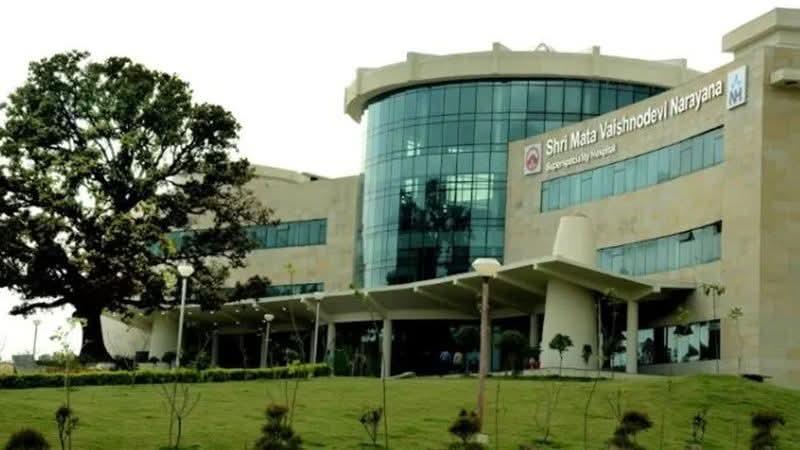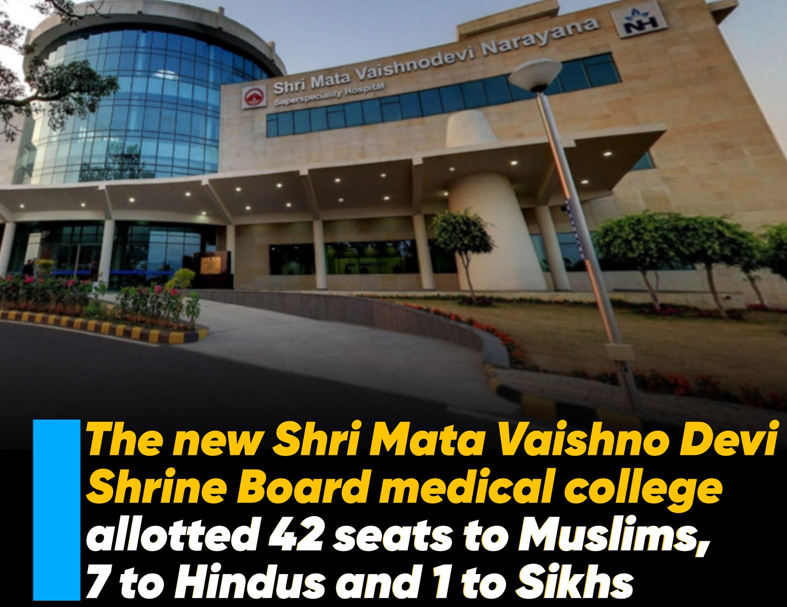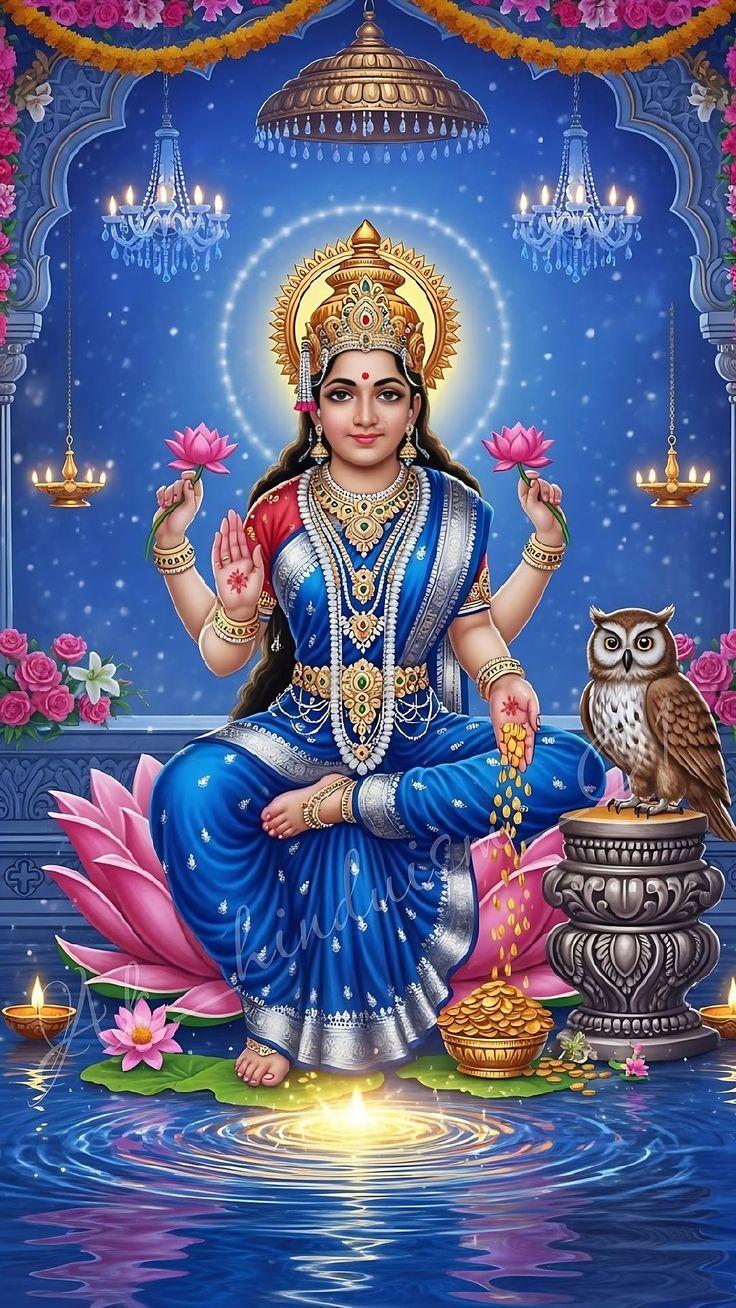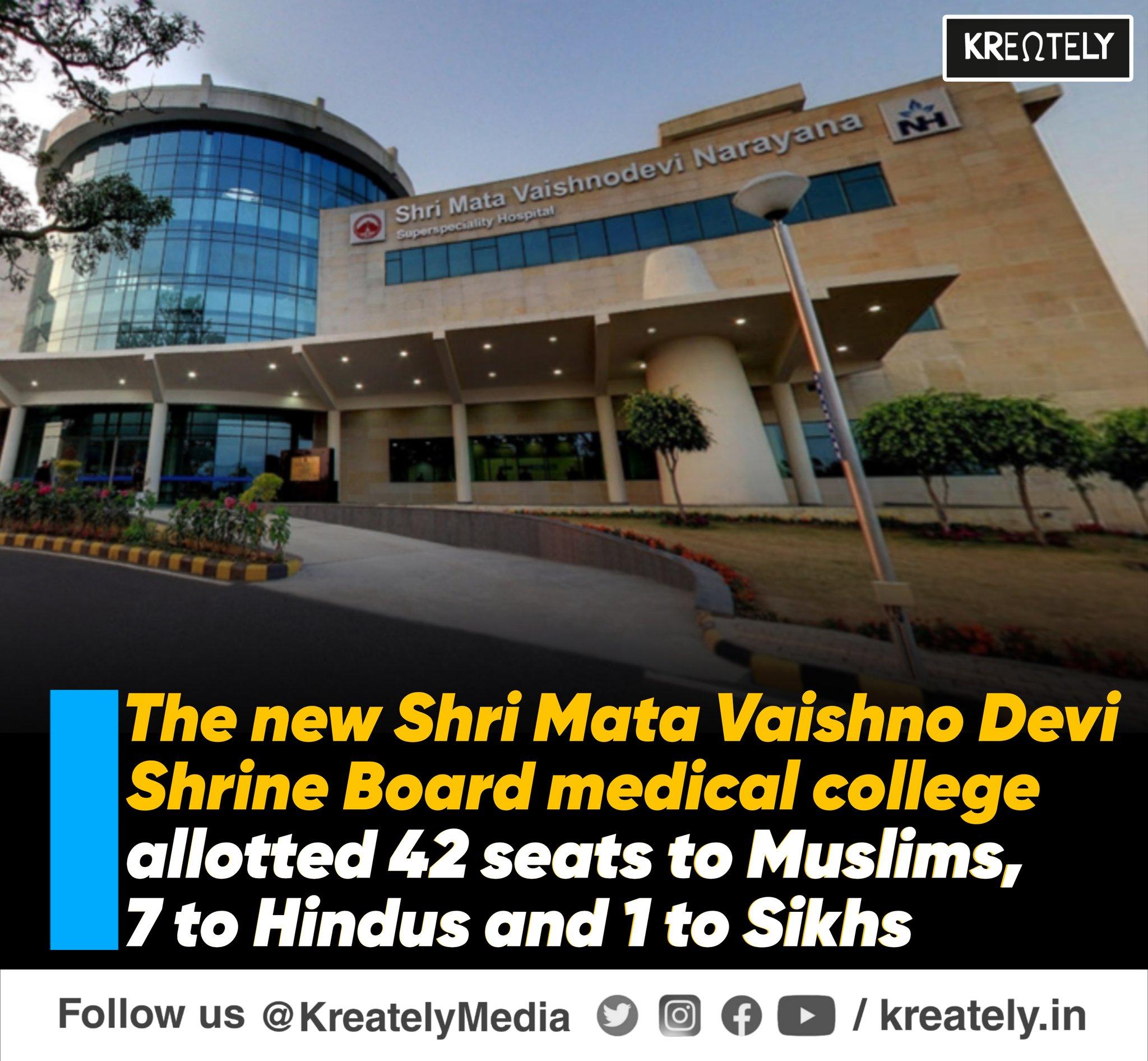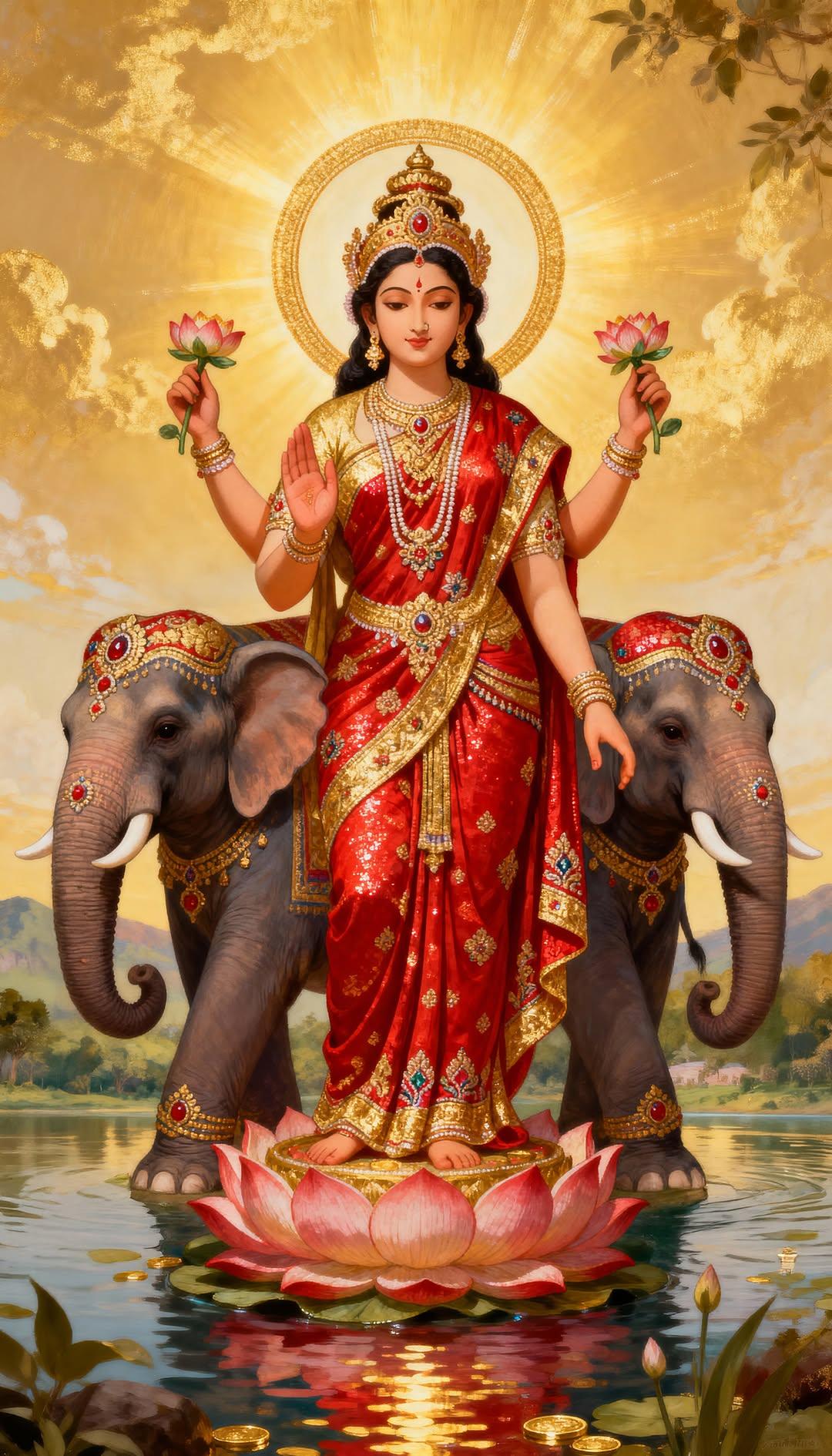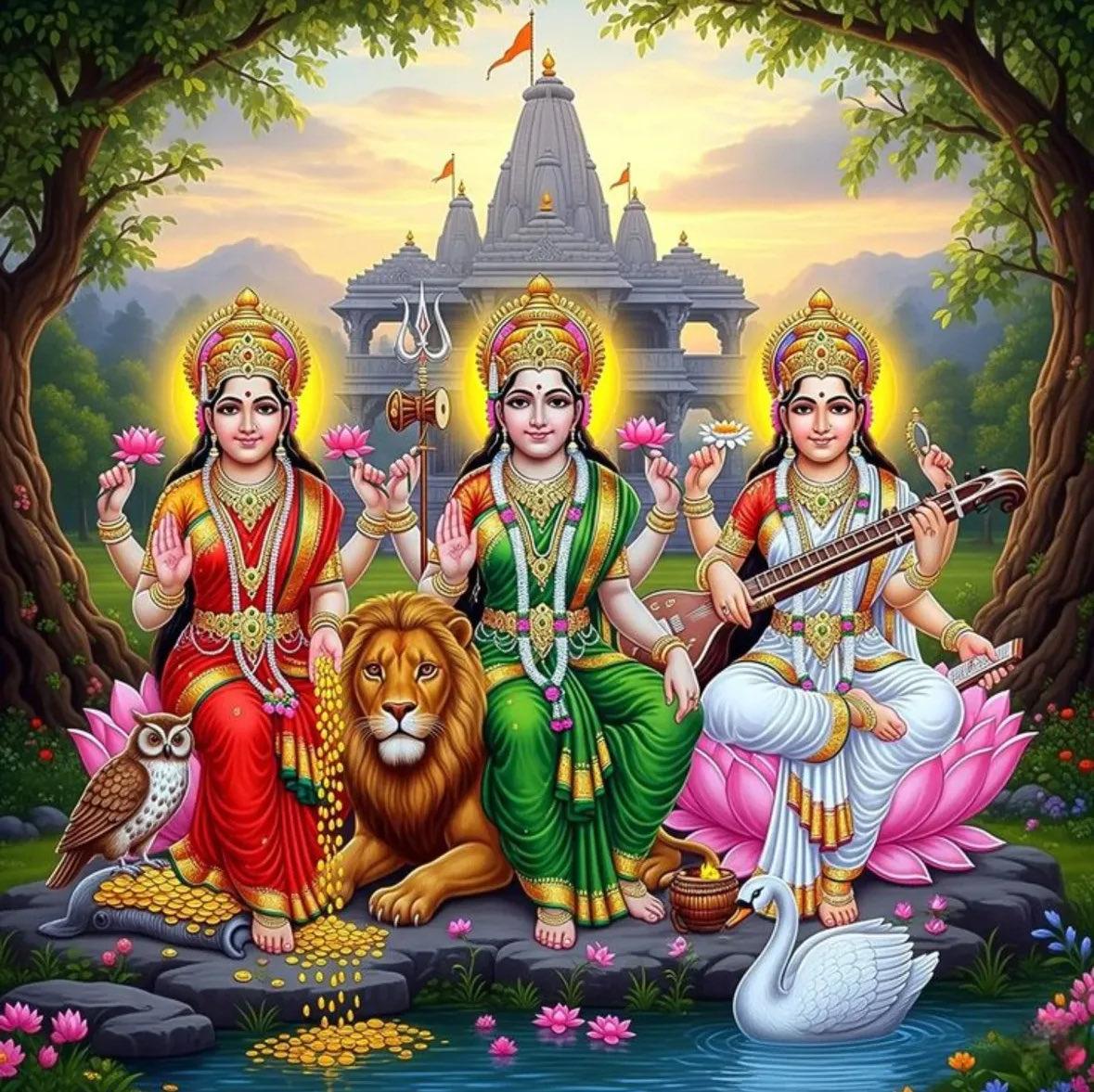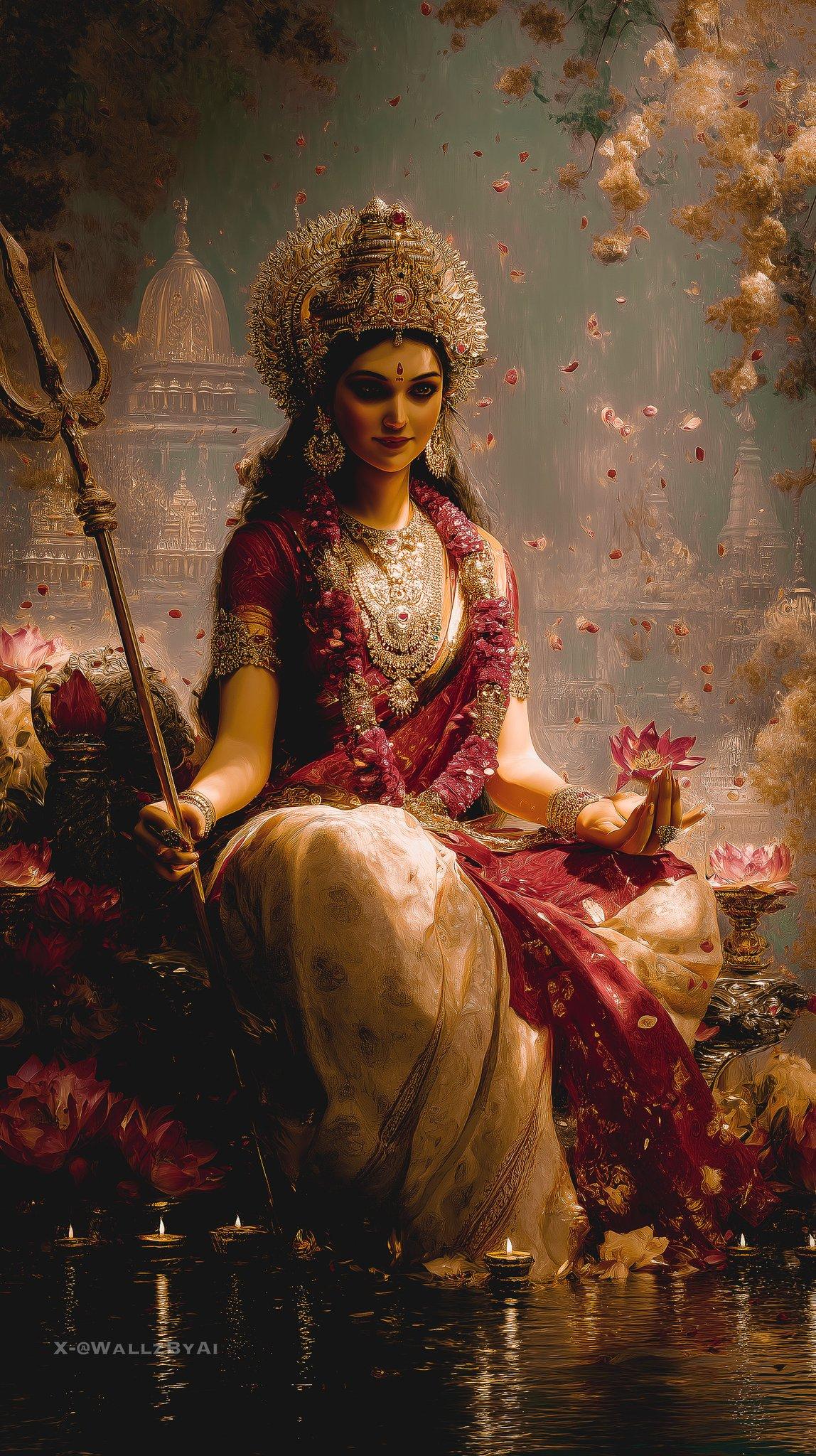कॉलेज हमारा तो बच्चे भी हमारे ही पढ़ेंगे किसी मूला, मौलवी,हुलूलिया ईसाई को एक भी सीट नहीं देंगे
श्री माता वैष्णव देवी मेडिकल कॉलेज में सीट के आवंटन को लेकर जम्मू के सनातनियों ने किया अपनी शक्ति का सामूहिक प्रदर्शन
हिंदू एकता जिंदाबाद
#vaishnoDevi #hindu #university #scrolllink
श्री माता वैष्णव देवी मेडिकल कॉलेज में सीट के आवंटन को लेकर जम्मू के सनातनियों ने किया अपनी शक्ति का सामूहिक प्रदर्शन
हिंदू एकता जिंदाबाद
#vaishnoDevi #hindu #university #scrolllink
कॉलेज हमारा तो बच्चे भी हमारे ही पढ़ेंगे किसी मूला, मौलवी,हुलूलिया ईसाई को एक भी सीट नहीं देंगे
श्री माता वैष्णव देवी मेडिकल कॉलेज में सीट के आवंटन को लेकर जम्मू के सनातनियों ने किया अपनी शक्ति का सामूहिक प्रदर्शन
हिंदू एकता जिंदाबाद 🔥💪
#vaishnoDevi #hindu #university #scrolllink







